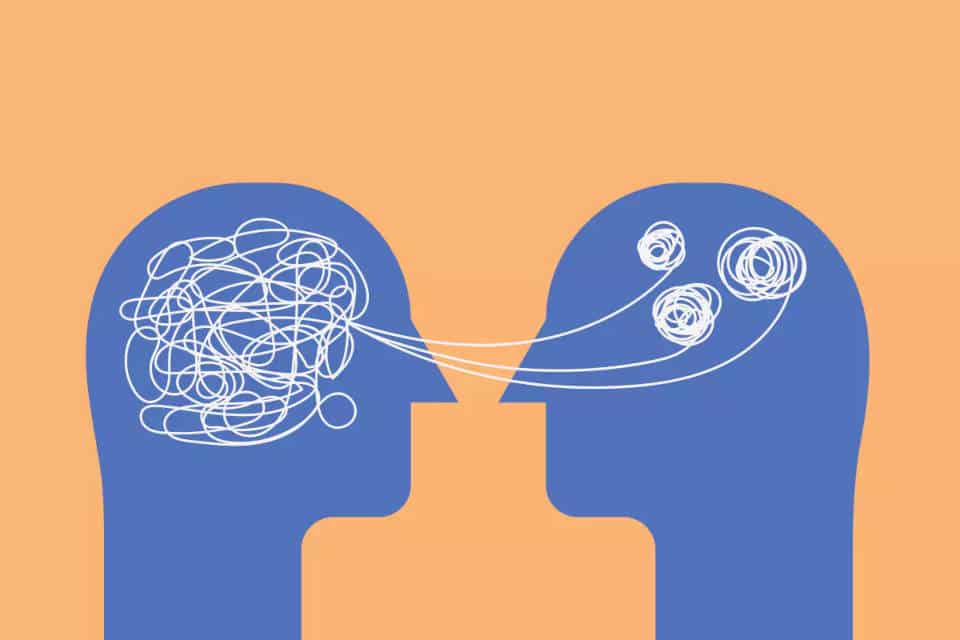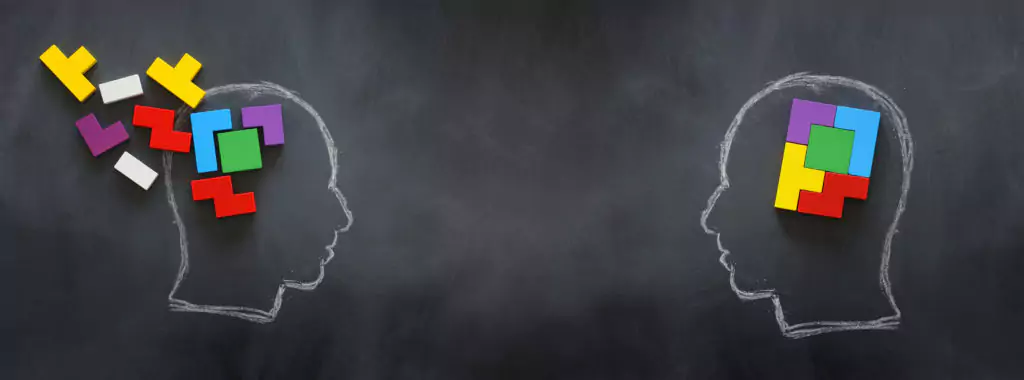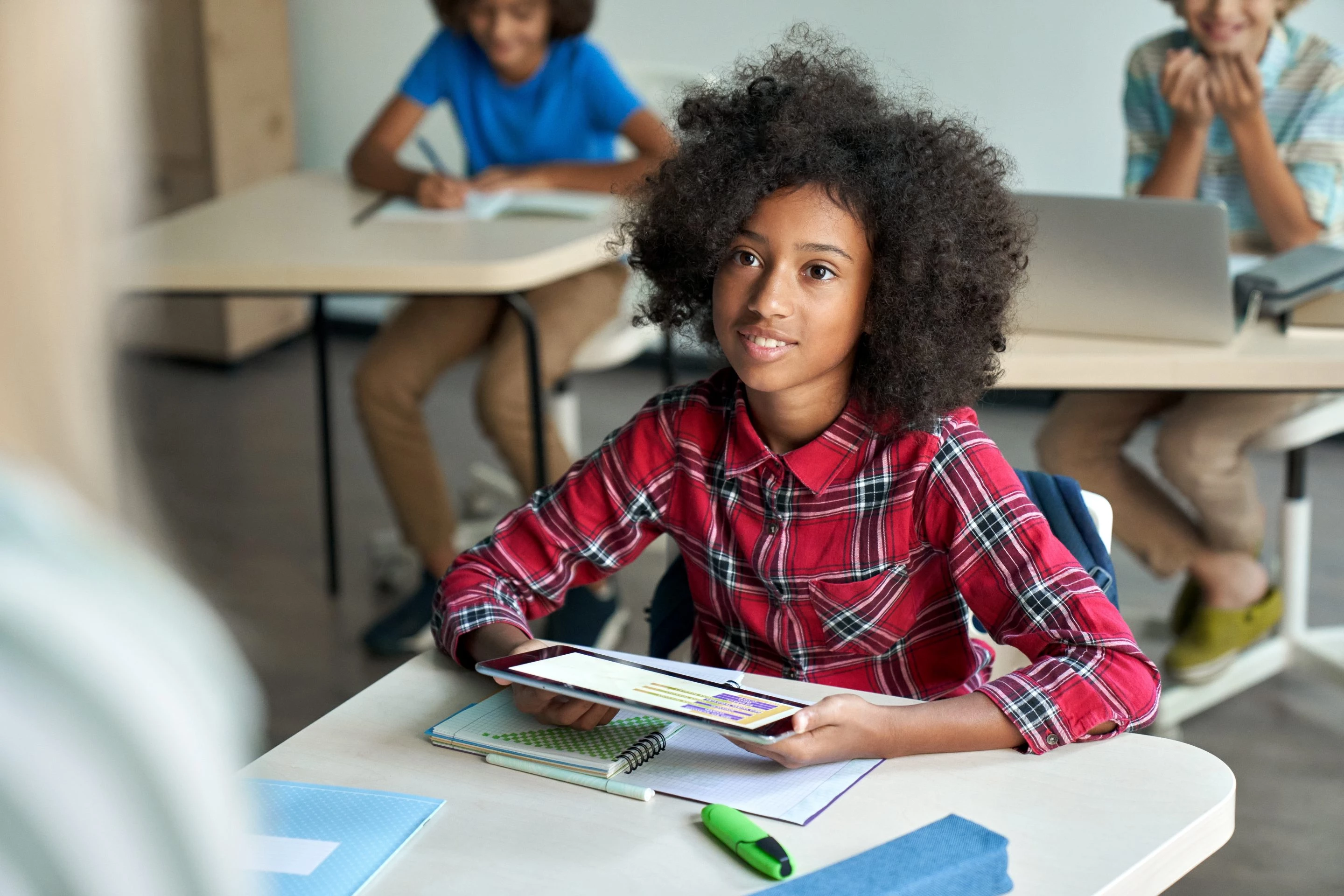
Over the years, scientists have extensively studied the Attention Deficit-Hyperactivity Disorder (ADHD) brain. What they found is that a person with ADHD has a differently wired brain than a neurotypical or “normal” brain. By understanding how the ADHD brain is structured and functions differently than a neurotypical brain, parents of a child with ADHD can begin to understand more about the disorder and why their child is functioning the way that they are.
1. Structure of The ADHD Brain
A child with ADHD may have struggles in the area of impulse control, attention and focus. These functions of the brain are regulated by the Frontal Lobes. Studies have shown that children with ADHD have smaller frontal lobes compared to their same aged peers that do not have the disorder. Furthermore, research has also found that individuals with ADHD may have different neural pathways than that of a neurotypical brain. In some cases, this would explain why children with ADHD may struggle with behavior and learning.
2. Supporting an ADHD Brain
Although there is no known cure for ADHD, there are ways that parents can support their child with ADHD. If you begin to notice ADHD symptoms in your child, you may want to see a medical provider. A medical provider can diagnose ADHD and begin to help parents set up a plan for helping support a child with ADHD. Parents will also want to begin having conversations with their child’s teachers at school. Education can be tough for children with ADHD and schools can provide accommodations to help ease the mental load. Here are some more tips on how you can support a child with ADHD.
- Set a routine- setting a routine can be an important building block for parents and children with ADHD. Routines can provide predictable and consistent expectations for the child.
- Limit screen time- Especially during times that the child is expected to stay focused. Allowing an environment that is over-stimulated with distractions will not put a child with ADHD in a position to be successful.
- Provide tools to help limit distractions- Lightsailed Personal Reader can help limit distractions during a child’s reading time. There are a multitude of different settings to work with that can allow a child with ADHD to better focus and train their brain.

Posted on 9.Sep.21 in Struggling Readers




